The C3 Cup is a common term used in European 79king football to refer to the UEFA Cup, which later became the UEFA Europa League. The designation “C3” comes from the French classification system, where:
- C1 referred to the European Cup (now UEFA Champions League),
- C2 referred to the Cup Winners’ Cup (discontinued in 1999),
- C3 referred to the UEFA Cup/Europa League.
The UEFA Cup was introduced in 1971 as a replacement for the Inter-Cities Fairs Cup and quickly became the second most prestigious club tournament in Europe after the Champions League. Over the years, it evolved into the UEFA Europa League in 2009, undergoing various format changes to enhance its competitiveness and commercial appeal.
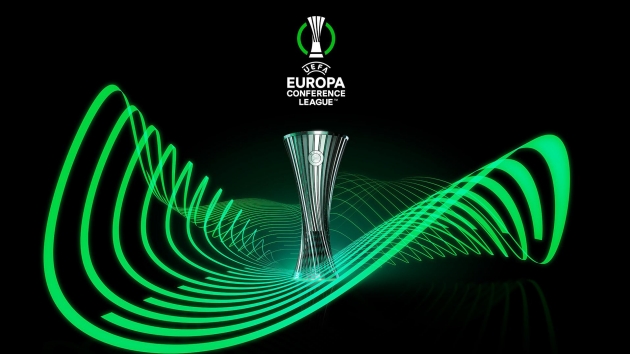
Origins and Purpose of the C3 Cup (UEFA Cup)
Before the introduction of the UEFA Cup, European club competitions were limited to the European Cup (C1) for league champions and the Cup Winners’ Cup (C2) for domestic cup winners. However, there was a growing need for a competition that included teams that performed well in their national leagues but did not win their domestic championships.
In response to this demand, UEFA established the UEFA Cup in 1971, merging it with the Inter-Cities Fairs Cup, which had been running since 1955. The primary goal was to allow more clubs from across Europe to compete internationally, increasing the overall quality and prestige of European football.
Format and Structure of the UEFA Cup (C3 Cup)
The UEFA Cup originally followed a knockout format, similar to the European Cup and Cup Winners’ Cup. Over time, it underwent several changes to accommodate more teams and increase its appeal.
Early Format (1971–1997)
- The competition started with a two-legged knockout round.
- Teams progressed through multiple rounds until the final, which was also a two-legged tie.
- Only in 1997–98 did UEFA introduce a single-match final at a neutral venue.
Group Stage Introduction (2004–2009)
- In 2004, UEFA changed the format to include a group stage before the knockout rounds.
- This increased participation and gave teams more games, making the competition more financially attractive.
Transition to UEFA Europa League (2009–Present)
- In 2009, UEFA rebranded the competition as the UEFA Europa League.
- A 48-team group stage was introduced, similar to the Champions League.
- In 2021, UEFA further revamped the format, reducing the group stage to 32 teams and introducing the Europa Conference League (C4 Cup) as a third-tier competition.
Notable Clubs and Legendary Moments
The UEFA Cup/C3 Cup has featured some of the biggest clubs in European football history. Many teams that failed to qualify for the Champions League found success in this tournament, and it has provided unforgettable moments over the years.
Most Successful Clubs
- Sevilla FC – Record 7-time winners, with titles in 2006, 2007, 2014, 2015, 2016, 2020, and 2023.
- Juventus – Three-time winners (1977, 1990, 1993).
- Inter Milan – Three-time winners (1991, 1994, 1998).
- Liverpool – Three-time winners (1973, 1976, 2001).
- Atlético Madrid – Multiple-time winners (2010, 2012, 2018).
Memorable Finals
- 1984 – Tottenham Hotspur vs. Anderlecht
- Spurs won their second UEFA Cup after a dramatic penalty shootout.
- 2001 – Liverpool 5-4 Alavés
- One of the greatest UEFA Cup finals, with Liverpool winning in extra time due to a golden goal.
- 2014 – Sevilla vs. Benfica
- Sevilla won the final on penalties, starting their dominance in the Europa League era.
The C3 Cup, originally the UEFA Cup, has evolved significantly over the decades. Once considered a secondary European competition, it has grown into a major tournament under the Europa League brand. The competition continues to provide thrilling matches, historic moments, and a valuable gateway to the Champions League.
With its continued evolution and the introduction of the Europa Conference League, European club football remains as competitive and entertaining as ever. The legacy of the C3 Cup endures, proving that success in European football isn’t limited to just the Champions League.

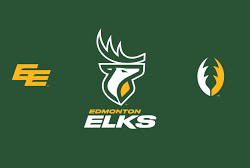

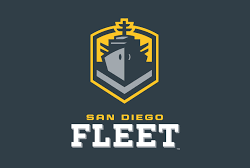
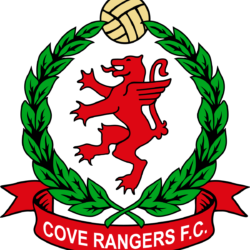
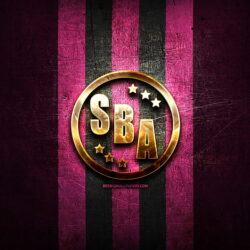
before and after ipamorelin
References:
what does ipamorelin do for the body, https://apunto.it/user/profile/151694,
ipamorelin wikipedia
References:
valley.md
ipamorelin for menopause
References:
cjc 1295 and ipamorelin side effects [Jude]
ipamorelin for women suppliers
References:
valley.md
cjc 1295 ipamorelin cream review
References:
side effects of ipamorelin and cjc 1295
what does ipamorelin do for the body
References:
Price of cjc Ipamorelin (https://Workshopo.Com/)
buy ipamorelin 2mg
References:
cjc 1295 ipamorelin allergic reaction
testosterone pills steroids
References:
online pharmacy steroids (dreamtube.congero.club)
pre hormones bodybuilding
References:
taking Steroids without working Out (gitlab.Ui.ac.Id)
types of steroid
References:
best place to get steroids (git.nusaerp.com)
which steroid is used for cutting
References:
anabolic steroids hgh (git.the-kn.com)
how much is a cycle of steroids
References:
where do people get steroids (https://gitea.codedbycaleb.com)
is there a legal steroid
References:
is it legal to order steroids online (Git.Simbarbet.Com)
best place to order steroids
References:
https://rockchat.com/members/monthbush9/activity/94684
where can i buy anabolic steroids online
References:
https://iotpractitioner.com
testosterone vs steroids
References:
setiathome.berkeley.edu
anabolic steroid sales
References:
http://www.milehighreport.com
how to get winstrol
References:
https://livebookmark.stream
how to get a prescription for steroids
References:
https://maps.google.cat/url?q=https://squareblogs.net/cityzephyr72/anadrol-vs
low side effect steroids
References:
ebra.ewaucu.us
creatine substitute
References:
https://intensedebate.com/people/fangpizza1